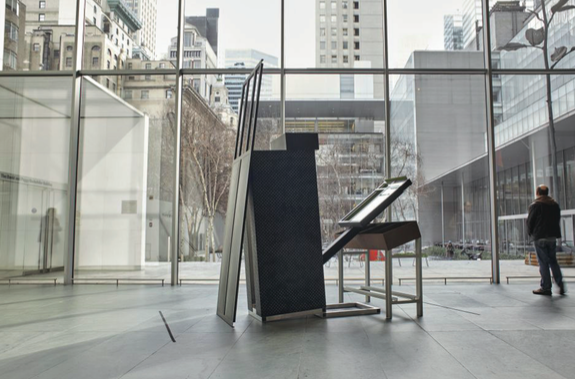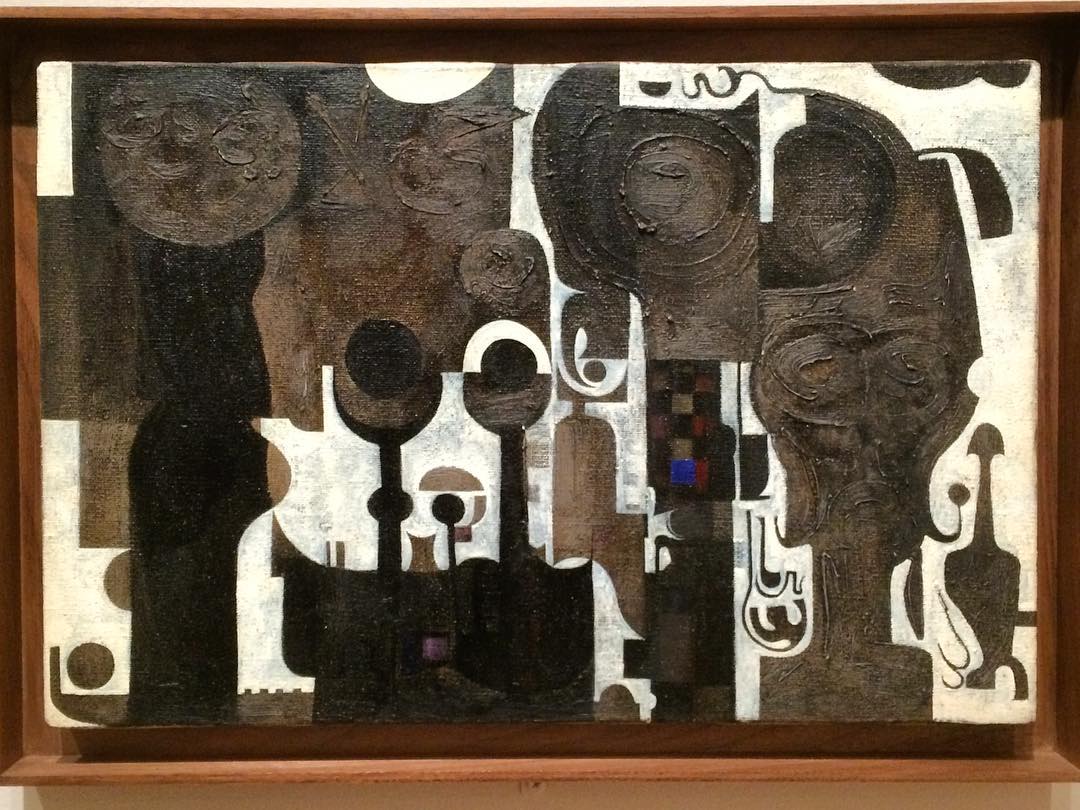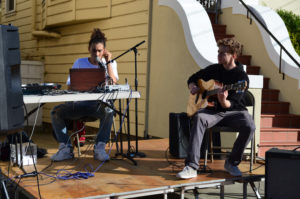On January 27, 2017, a mere week after the presidential inauguration, Donald Trump signed an executive order titled “Protecting the Nation From Foreign Terrorist Entry Into the United States,” that banned people from seven predominantly Muslim countries – Iran, Iraq, Libya, Somalia, Sudan, Syria and Yemen – from entering the United States for 90 days. The order also banned all refugees for 120 days and Syrian refugees indefinitely.
Protesters took to airports across the country. Demonstrations were held in the streets. Social media hashtags like #muslimban trended. In one of the most powerful forms of protest by a cultural institution, the Museum of Modern Art in New York City rehung parts of its permanent collection with works by artists from some of the seven countries whose citizens are blocked from entering the country.

Seven new pieces were installed in The MoMA’s fifth floor gallery, replacing more famous pieces created by Western artists. Picasso and Matisse made room for artists who even if alive, could not see their work in one of the country’s most famous museums due to the Trump administration’s travel ban. MoMA stated that their intention was to, “Affirm the ideals of welcoming and freedom as vital to [the MoMA] as they are to the United States.”
The gallery features Sudanese painter Ibrahim el- Salahi, Iraqi-born architect Zaha Hadid, painter Ms. Madani, sculptor Parviz Tanavoli, draftsman Charles Hossein Zenderoudi, photographer Shirana Shahbazi, and painter Marcos Grigorian. An aluminum and steel sculpture created by Iraqi-born, American artist, Siah Armajani will sit in the glass- walled, lobby courtyard that looks over the garden.
Picasso’s “Card Player” (1913-1914) has been replaced by Ibrahim el-Salahi’s “The Mosque,” a small oil painting created by the Sudanese painter in 1964 that marries Modernist abstraction with Arabic calligraphy and architectural motifs; this interweaving of the two cultures is more prominent and impactful now than ever before. The similarity in the murky brown tones of both el-Salahi’s and Picasso’s works further highlights the cross-cultural dialogue that art institutions have the ability to facilitate; the pairing of the two artists underscores Picasso’s own debt and reference to African and Middle Eastern art.
In the next gallery, Henri Matisse’s masterworks, “Dance” and “The Piano Lesson,” have been switched out for Iranian artist and draftsman Charles Hossein Zenderoudi’s intricate works on large sheets of paper. Similar to Matisse, Zenderoudi was inspired and informed by decorative patterns and shapes, a concept revealed in the combination gold hands and feet with concentric circles in his painting, “Mon Pere et Moi.”
In another gallery, themes of geology are woven into pieces by Iranianartist,MarcosGrigorian,as well as his Western counterparts, Alberto Burri and Antoni Tapies. Another gallery featuring cubist works now houses a small, bronze totem crafted by Iranian sculptor Parviz Tanavoli.

This exhibition marks a notable change in The MoMA’s usual narrative of Western modernism before 1945. New York Times correspondent, Jason Farago, stated that “This welcome new voice, less Olympian and more pluralistic, is not how MoMA has spoken in thepast—but,thenagain,thisis not how presidents have spoken in the past, either.” In addition to the gallery space, the museum plans to screen four films by Middle Eastern directors, including “Al-Yazerli,” a 1974 experimental feature film by Iraqi-born Kaid al-Zubaidi as well as “Stars in Broad Daylight,” a 1988 film by Syrian filmmaker, Oussama Mohammed.
As a major global cultural institution, The MoMA’s actions have echoed across the nation and inspired
others. In another act of artistic and cultural resistance, Wellesley College’s Davis Museum draped black cloth over every piece of artwork created by an immigrant with a small sign that reads “Created by an immigrant.”
Art cannot be restricted by borders. It is free to dance between worlds. It summons protest, emotions, resistance. It speaks for those who cannot enter and have no voice.






